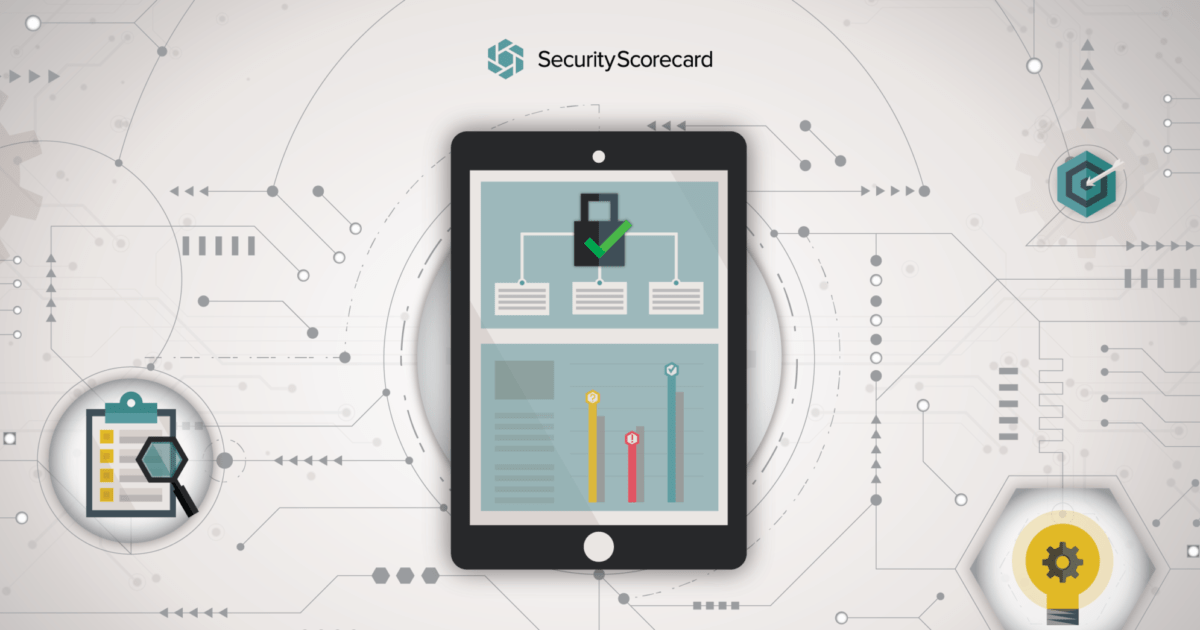Develop a Successful Cybersecurity Risk Management Strategy

Cybersecurity threats can have an impact on every area of your business. They can cause financial losses, reputational damage, and data breaches.
It’s essential to create an effective cybersecurity risk management plan, which will help you prevent these threats from happening in the first place. But how can you do that?
Conduct a Risk Assessment
Cybersecurity Risk Management Plan will allow you to identify all possible threats and vulnerabilities that may impact your business. But before doing it, assess your organization’s risk.
Once you have determined the risks, you need to map them by their likelihood and impact. This will help you choose the best way to guard against them and prevent potential damage to your business.
Once you have completed the risk assessment, you will need to identify the critical assets that your organization relies on. These can include people, property, monetary, continuity of operations and intellectual property.
Assess Your Vulnerabilities
A vulnerability assessment is known as locating and resolving security flaws in an organization’s IT infrastructure. It is a critical part of any cybersecurity risk management plan.
Vulnerability assessments can be conducted manually or automatically using vulnerability scanning tools. They identify flaws in critical systems, such as servers and applications.
Once vulnerabilities are identified, security teams can determine their impact and recommend mitigating them. This involves deploying security controls and other measures that reduce the likelihood of a breach.
Performing a vulnerability assessment requires technical expertise and the ability to accurately analyze all of your networks. It should also be done regularly to ensure that it remains effective.
Conduct a Penetration Test
A penetration test, or pen testing, is a cybersecurity method that mimics an attacker’s techniques and strategies to determine how effective a company’s security protocols are. They are commonly performed by ethical hackers who attempt to exploit vulnerabilities in systems and networks.
After a penetration test is completed, the testers compile reports highlighting uncovered weaknesses. The information can then be used to recommend countermeasures that minimize a system’s security risks.
Penetration tests also reveal how well a company’s defenses protect against real-world threats. It can reveal weaknesses in a business’s system’s application, network and physical layers that allow hackers to access critical assets.
Develop a Continuity Plan
Business continuity planning is critical in ensuring that your business can continue operations after a disaster. It can be used to keep your business operations up and running during any type of disruption, from natural disasters to cyber-attacks.
Adding cybersecurity concerns to your business continuity plan is essential to protecting your company against the damage and disruptions that cyberattacks can cause. This includes policies and procedures about core technologies and the protection of sensitive data.
The business continuity team should conduct a risk assessment to identify specific risks and threats that could impact your organization’s critical assets. This should be followed by a business impact analysis (BIA) to determine the financial and operational impacts of a cyberattack on your business.
Develop a Disaster Recovery Plan
A disaster recovery plan, or DRP, can be vital for keeping your business operating effectively after a cyber attack or other disruption. However, a DRP must be designed and implemented correctly to ensure its effectiveness.
Before developing your DRP, consider the various risks that could affect your organization. This includes natural disasters, human error, and cyberattacks, among others.
Then, determine the likelihood of each risk scenario occurring and the impact it would have on your business if it did happen. This will help you choose the level of robustness to incorporate into your DRP.
Next, you will need to develop a communication strategy to keep your clients, vendors and other stakeholders informed of your company’s steps to resume normal operations after a disaster strikes. This will help your business maintain positive public relations and avoid a reputational nightmare.











